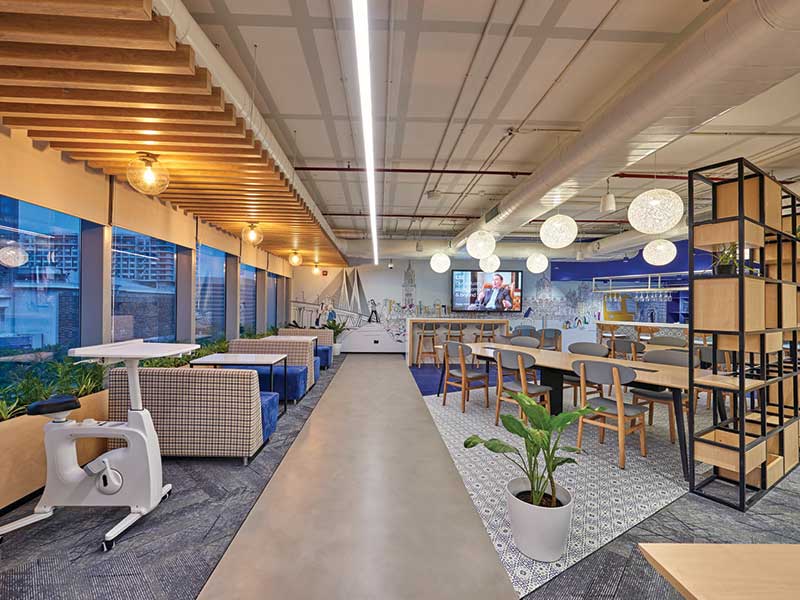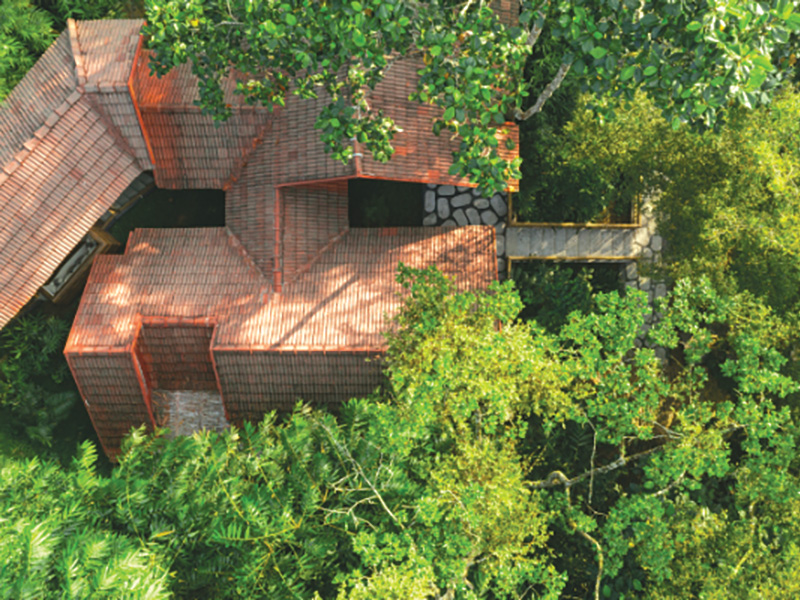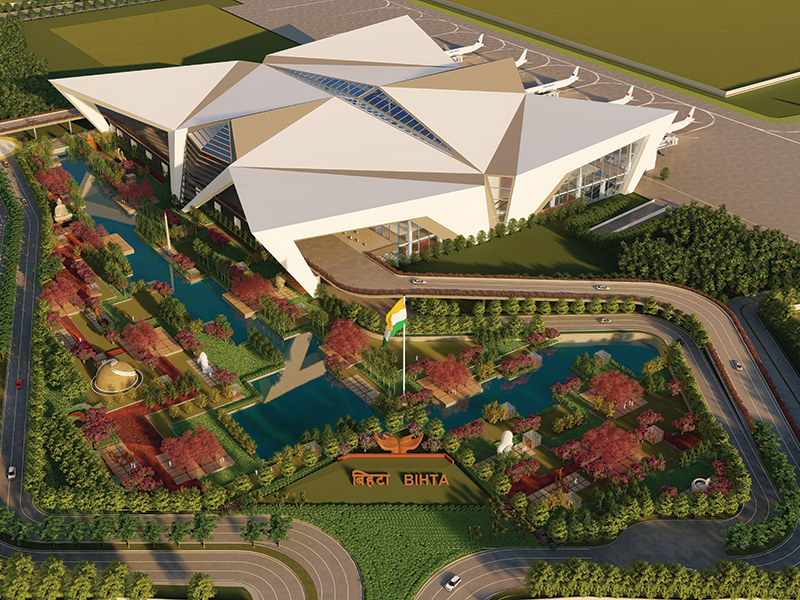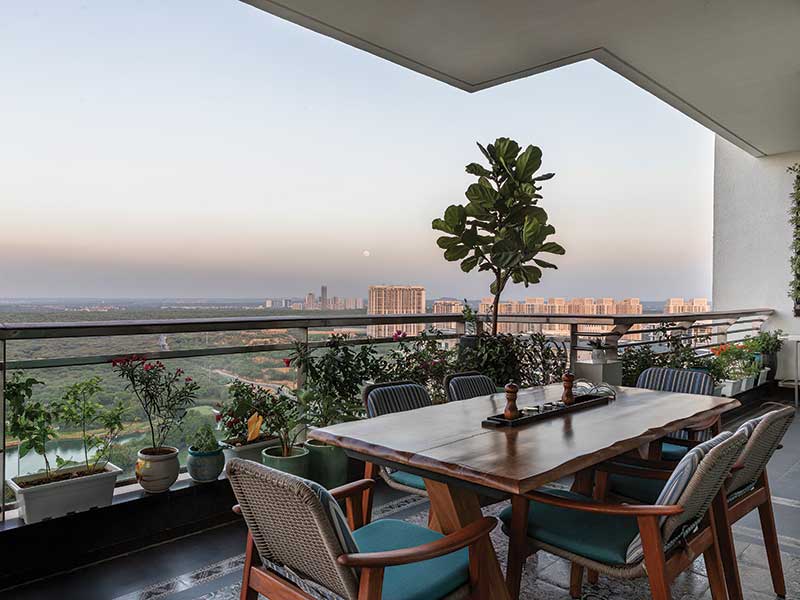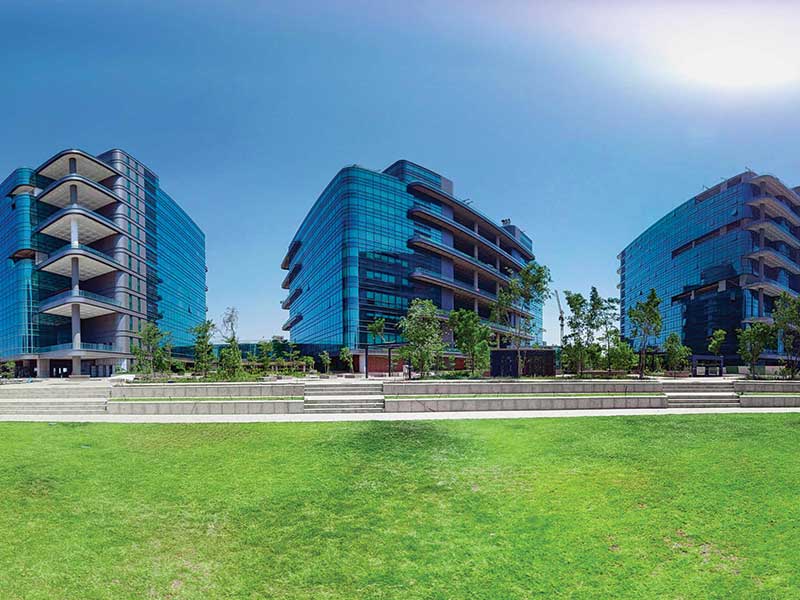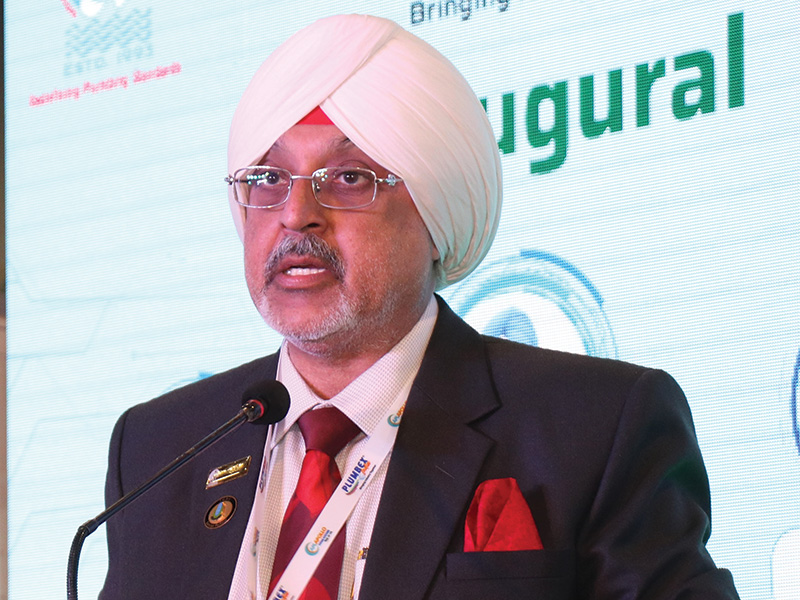Varun Pahwa, President, Desiccant Rotors International (DRI)
We are all aware that the construction sector heavily adds to the pollution of the environment. The raw materials used like cement and fly ash tend to remain suspended in the air and make it unsuitable for breathing. Most of the conventional building structures resort to environmentally insensitive practices that are responsible for the groundwater level depletion and exhaustion of various natural resources. Also, the synthetic materials used in the construction have heavy repercussions on the health of the occupants. Such conventional buildings with no consideration for sustainable technology are highly susceptible to indoor air pollution.
As the world is moving towards energy-saving solutions, there will be incessant demand for zero-energy buildings in the near future with fast-paced adoption of energy-conserving green buildings to bring greater resilience, life and sustainability to the structures.
Varun Pahwa
Poor indoor air quality (IAQ) is responsible for headaches, eye irritation, fatigue, chronic coughing, and allergic reactions. Prolonged exposure to poor IAQ also gives rise to a phenomenon called Sick Building Syndrome and at times even reduces the productivity of people. Therefore, there is an underlying pressure on the architects to incorporate innovative solutions in their designs that address the issue of poor IAQ and at the same time reduces the adverse effect of construction on the environment.
Here, a Green Building makes use of innovative sustainability strategies that utilize renewable energy for reducing pollution while increasing the energy efficiency of the building.
Along with this, proper construction mechanisms are in place to minimize the water footprint of the building as well. Highly durable, recyclable, and renewable materials are used for construction that require minimum energy during manufacturing. These materials consist of non-polluting raw ingredients that are generally sourced locally and are free from harmful chemicals.
Such innovative buildings go way beyond just the construction mechanisms and are aimed at integrating sustainability throughout the life of the building. They make use of highly resilient technologies coupled with innovative and advanced designs to enable ventilation, energy recovery, and humidity control. Moreover, the mechanical ventilation systems continuously support the supply of fresh air into the building, and are aligned to make space for minimum separation distance between clean and contaminated air to inhibit the mixing of fresh air with the polluted air. They also check the growth of mold and mildew, taking care of the hygiene standards of the space.
Cumulatively, all the mechanisms together ensure air cleanliness, thermal control, reduction of noise pollution, etc, to enhance the indoor environment quality of the space. As stated above, the green products used like highly efficient chillers, systems enhancing drives on motors, highly proficient fans, etc. minimize the pressure on the HVAC systems to achieve the required level of heating/ cooling while practicing reduced energy consumption. Additionally, the Green Building also overlooks the proper management and maintenance of the HVAC systems throughout the manufacturing, transport, storage, and installation stages which adds to the productivity of the technology and avoids accumulation of pollutants and dust in the HVAC system.
Considering the crucial milestone Green Building needs to achieve, it makes it necessary to comply with UN SDG goals to meet the international environmental standards. It vouchsafes affordable, reliable, and sustainable access to energy that promotes resilient, innovative infrastructure to achieve sustainable cities and communities by transforming the way urban spaces are built and managed. Furthermore, the buildings must get certification from prominent agencies namely, ASSOCHAM, ECBC, LEED, and Indian Green Building Council that ensure the buildings abide by the council guidelines and framework for the reduction in carbon and emissions footprint. Therefore, the materials used are green products that are capable of increasing ventilation substantially, recovering energy, and controlling humidity.
These sustainable buildings further enhance their efficiency by orienting the structure in such a way that fosters energy optimization. This is achieved by harnessing the position of the sun throughout the seasonal change to the fullest. Also, depending on the geographical location, it avails the diversified and regionally appropriate energy sources such as solar, wind, geothermal, biomass, water, or natural gas to smartly make the most of the natural resources.




